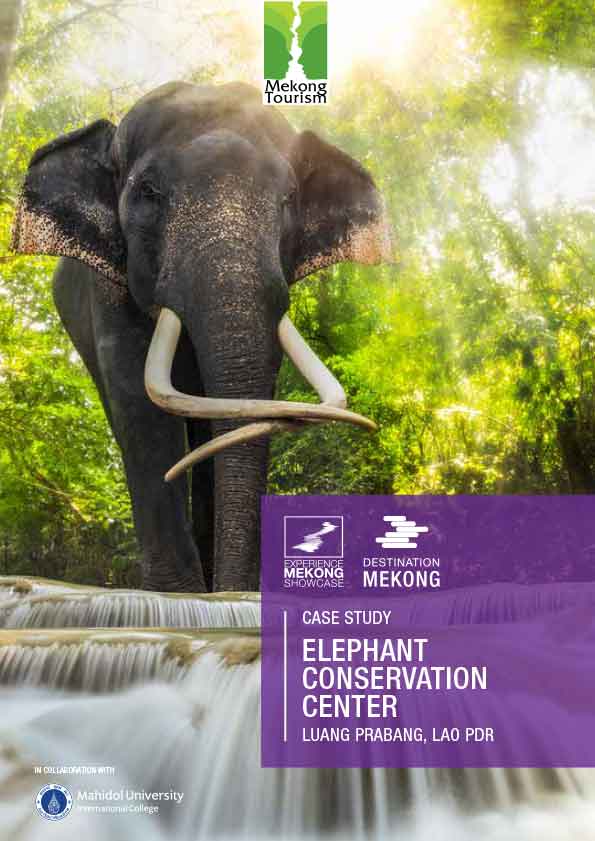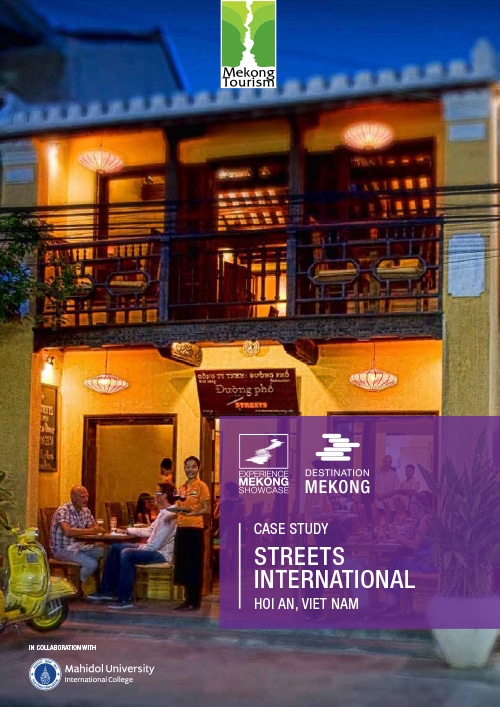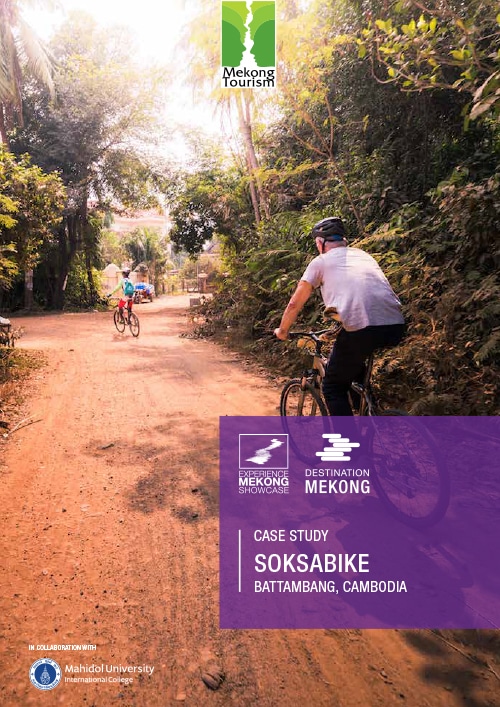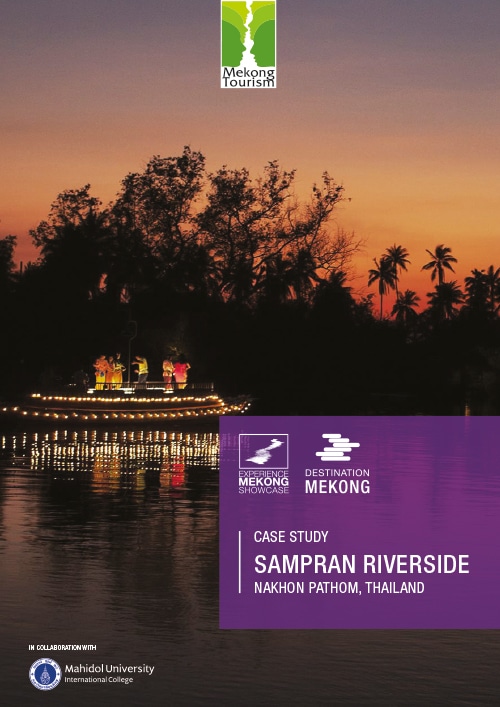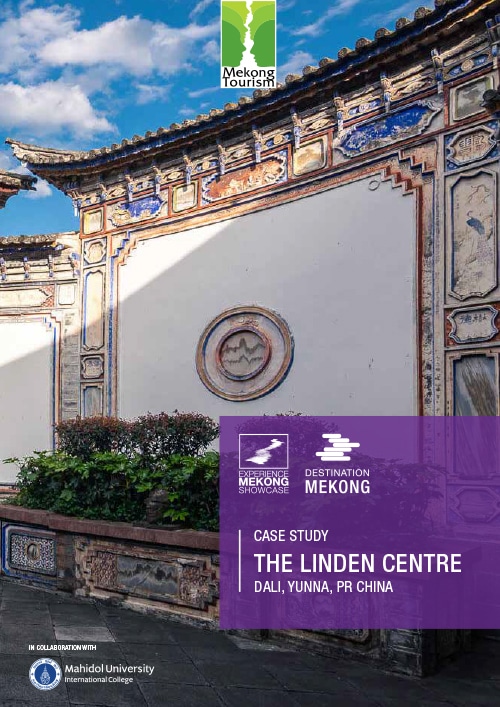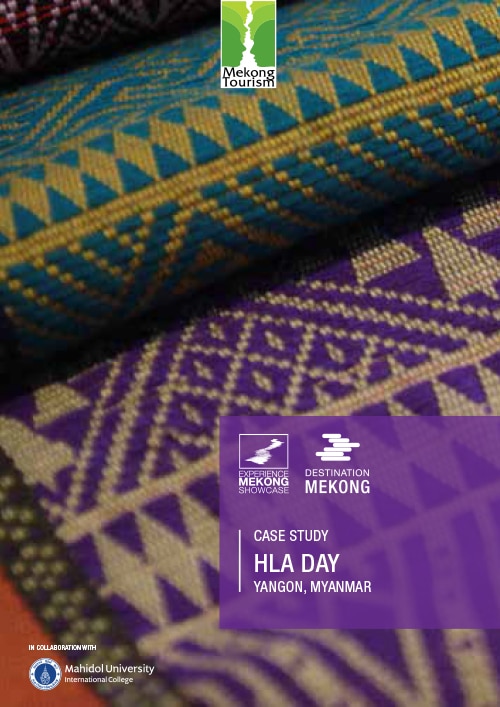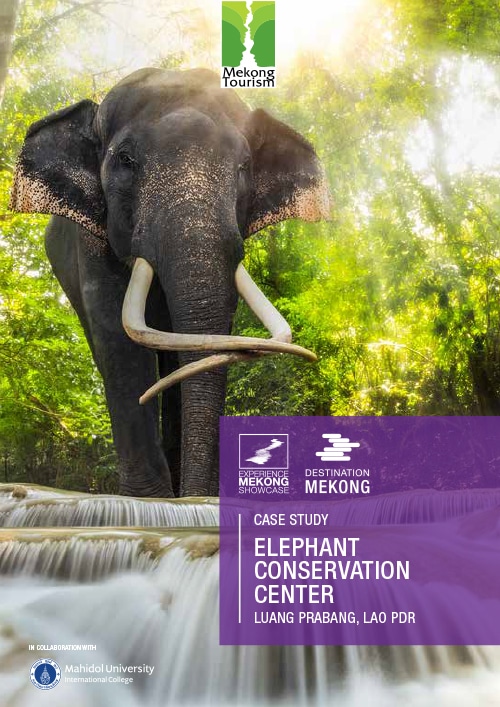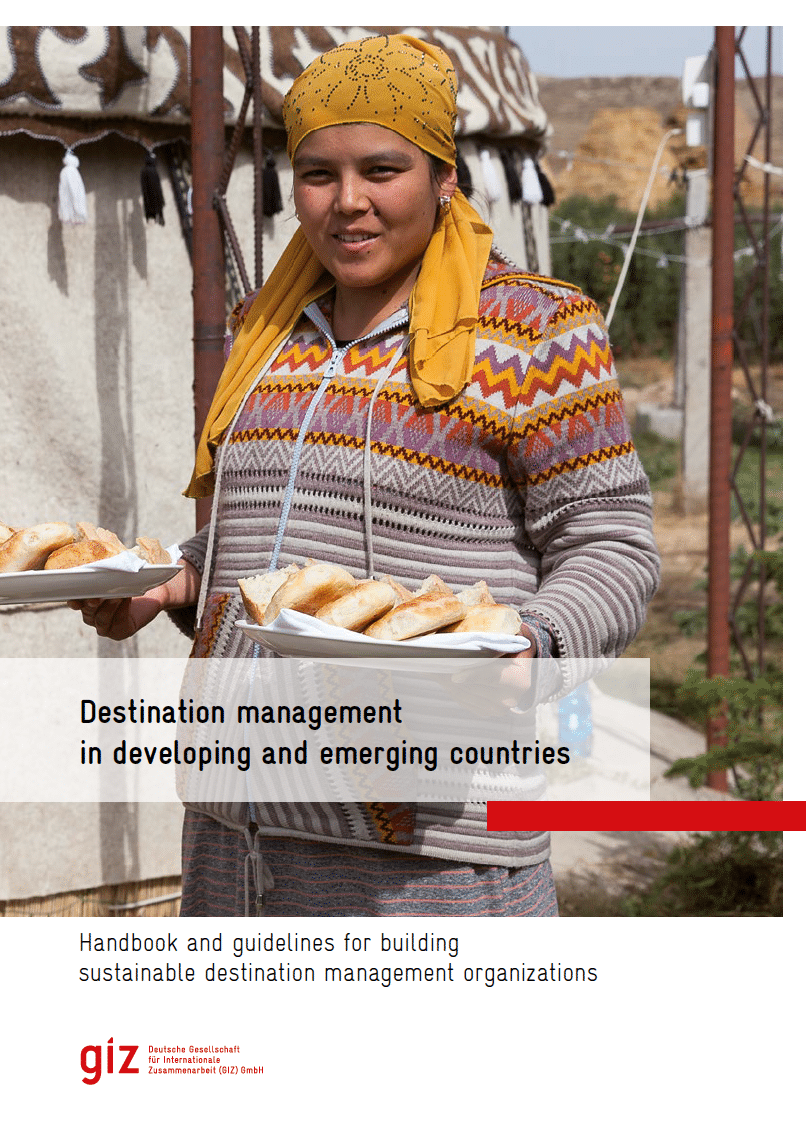As a social business, Soksabike aims to provide tourists with the chance to experience the authentic
Cambodia and to promote a direct tourist spending to the local entrepreneurs.
Streets International
As a social business, Soksabike aims to provide tourists with the chance to experience the authentic
Cambodia and to promote a direct tourist spending to the local entrepreneurs.
Soksabike
As a social business, Soksabike aims to provide tourists with the chance to experience the authentic
Cambodia and to promote a direct tourist spending to the local entrepreneurs.
Sampran Riverside
Located on a 70-acre plot along the Tha Chin River,
Sampran Riverside (formerly known as the Rose Garden)
is a family-run eco cultural destination; now famous for its
wide range of sustainable initiatives and its sustainable
business model.
The Linden Centre
Floating above the pristine rice and canola fields north of
the old town of Dali is a beautiful courtyard compound
built in 1947 by a wealthy entrepreneur from the Bai ethnic
group named Yang Pinxiang. Over seven decades, the
building, which is located in the historic Xizhou Village,
went through many changes, from being privately owned
to becoming public property after the Cultural Revolution
and land reforms, and from serving as an army barracks
and military hospital to housing a kindergarten. In 2001, it
was designated as a national heritage site. The courtyard
finely captures the exquisite architectural style of the Bai
ethnic group that predominantly lives in the area. This
compound is now a boutique hotel managed and run by
an American couple, Brian and Jeanee Linden, who have
injected new life and respect into this important heritage
site.
Hla Day
Hla Day collaborates
with Myanmar artisans, disadvantaged groups and small
businesses to design, develop and sell handmade-
Myanmar products. Hla Day aims to capture unique
flavors of the Myanmar design by improvising traditional
skills and sourcing all the materials locally.
Elephant Conservation Center
The Elephant Conservation Centre (ECC), located inSayaboury, Lao People’s Democratic Republic (Lao PDR),aims to preserve and protect the Asian elephant, a speciesthat is on the brink of extinction.
Continue readingSouth-East Asian Outbound Travel Market
This study was conducted amongst potential visitors to Europe, both first-time and repeat visitors, who intend
to visit Europe in the next five years. Findings of this study are therefore specific to this target segment and
need not necessarily apply to general outbound travellers from South-East Asia.
Destination Management in Developing and Emerging Countries
Tourism can be a source of foreign currency, a job engine and a catalyst for sustainable regional development, but it can also have a negative impact. In order to access its inherent potential, tourism needs to be managed with foresight.
Managing destinations plays a key role here. Because of their market relevance and size, destinations have the potential to be developed and marketed from a sustainable perspective.
That requires effective destination management organizations (DMOs), which can manage the destination and coordinate various tourism-related stakeholders.
Continue readingThailand towards 2030 – Future of Travel & Tourism
Through Smart Tourism, governments have the opportunity to utilize big data and relevant technologies to:
> Attract target travelers by having a better understanding of their preferences
> Facilitate traveler touchpoints along the entire travel journey
> Connect travelers with city infrastructure and commuter networks for a more seamless travel experience
> Serve travelers better by connecting data, travel providers and traveler touchpoints

